
How to Find Reinforcers for Students (Part 2)
Share
Introduction:
Reinforcement is the backbone of any effective ABA intervention program for students with autism. Without effective reinforcement in place, a student is unlikely to make satisfactory progress on his or her learning goals. This is the second part of our series on selecting effective reinforcement. If you have not yet done so, please read part 1 on informal methods of reinforcer selection here. In part 2, we will talk about formal strategies for identifying effective reinforcers for our students. But first, a quick reminder on how we define reinforcement in ABA.
Reinforcement is…
ANYTHING that increases the future rate, intensity, or frequency of a behavior. I often hear parents or even professionals say to me that reinforcement “does not work” for their child or student. In ABA terms, this is impossible. A reinforcer is defined in a somewhat circular manner: we know that something is a reinforcer because it increases the rate, intensity, or frequency of a behavior. In other words, if something is not increasing behavior, it is NOT a reinforcer. This may be obvious, but it allows us to deal with the challenge of a student who does not appear to respond to rewards. It is not that reinforcement is not working for them. It is simply that we have not yet found something that does or will serve as a reinforcer. This gives us a clear direction for intervention.
Formal Methods for Reinforcer (Preference) Assessment
If you have already tried the informal methods for identifying reinforcers and are continuing to have trouble with motivating your student, it may be worthwhile to complete a more formal assessment procedure. There are three main strategies for doing so: single stimulus, paired stimulus, and multiple stimulus preference assessments. For each of these strategies, you will want to select 6-12 items that are likely to serve as reinforcers for a student. It is useful to include one or two items that are known to be unpreferred as a “control” against random responding. Also, for paired and multiple stimulus strategies, it is best to keep food reinforcers separate from toy/attention reinforcers. In other words, complete a full assessment for just edible reinforcers and a separate assessment for toy/attention reinforcers. Otherwise, edibles are likely to overshadow the effects of other reinforcers.

Single Stimulus Assessment
This is the most simple form of preference assessment. You simply present one item at a time to a student and note whether they engage with the target item and for how long. The benefit of this assessment procedure is that it is really easy to administer and the child does not require any prerequisite skills (e.g., attending, scanning, waiting). The downsides of this assessment are that it does not allow you to directly compare the relative value of each reinforcer.. This is assessed indirectly through engagement time, but students may engage for the full time with several of the reinforcers presented.

Shop ThinkPsych Products
Paired Stimulus Assessment
This is a slightly more complex form of preference assessment for students with autism. In this procedure, you present items two at a time to determine the relative ranking of preference among different items. Each of the 6-12 items should be paired with each other to determine relative preference. For example, in a group of three items (A, B, and C), you would present the pairs: AB, BC, and AC. Each item must be paired with each other item in the assortment exactly once. As a result, for a group of 6 items, there will be a total of 15 pairings (5+4+3+2+1=15). The item most frequently selected is the most preferred in the array.
The benefits of this method are that it allows you to create a ranking of relative preference for different reinforcers and it is typically a better predictor of reinforcer effectiveness than the single stimulus procedure. Downsides include the possibility of random responding (i.e. due to the forced choice between two undesirable things) and the time of administration. It can take 5-20 minutes to administer this procedure depending on the student, the instructor, and number or pairings being tested.

Multiple Stimulus
This is the most sophisticated and efficient formal preference assessment procedure. In the multiple stimulus preference assessment, all items (e.g., 6 edibles) are presented at once in front of the learner. After the student picks one, allow them to access it for 30 seconds (or until they finish eating) and then remove it from the array. The remaining items should be shuffled in position and presented again. Once the student selects another item, allow access for 30 seconds and repeat the procedure until no items are remaining. The item selected first is most preferred and the item select last is least preferred. This procedure should be repeated at least one additional time to confirm the findings of the first assessment.
Conclusion
Preference assessments are a really powerful tool for identifying reinforcers for use in ABA therapy. They should be done at regular intervals (i.e., at least weekly) to help maintain strong motivation for engaging in therapy.
Download our free preference assessment data sheets here.
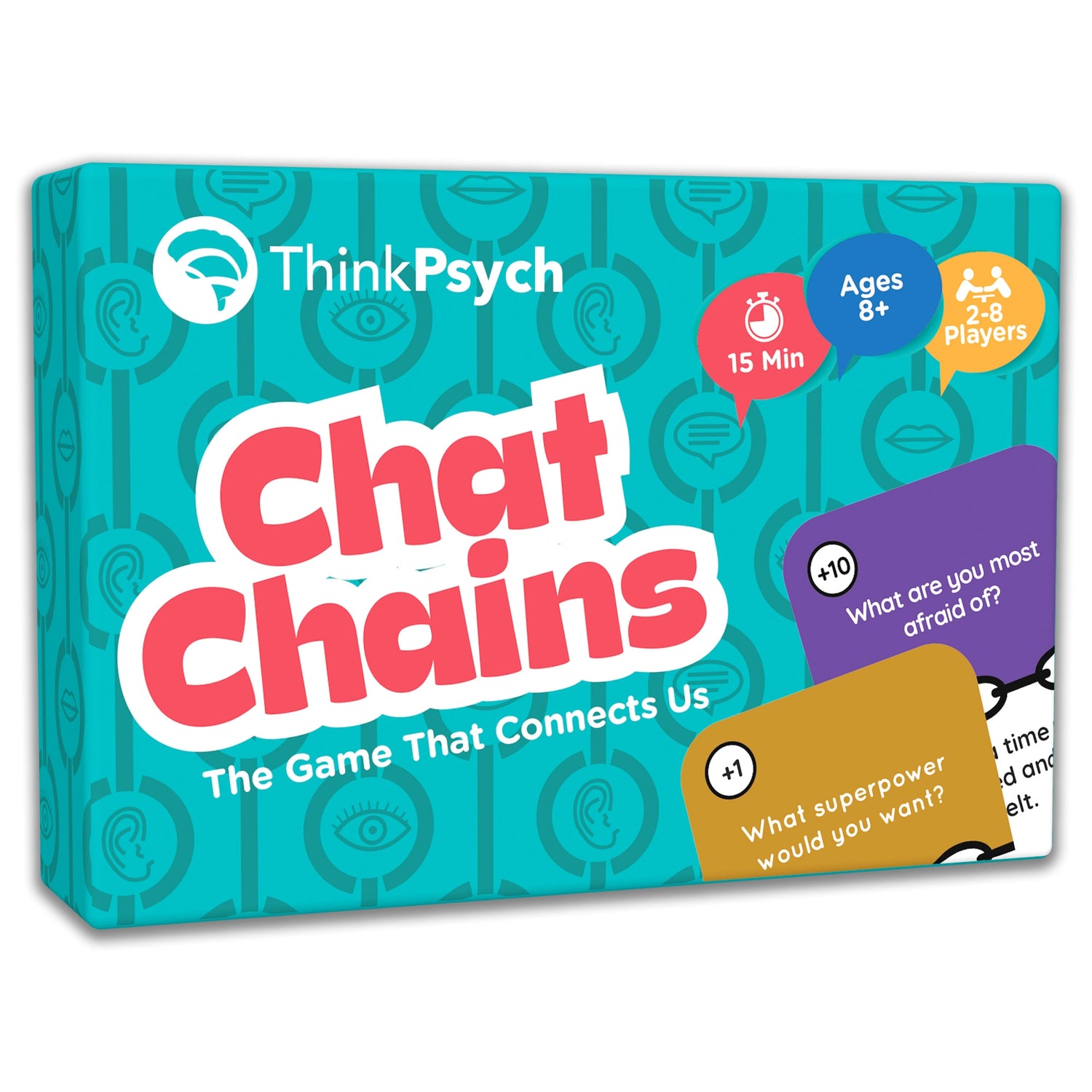

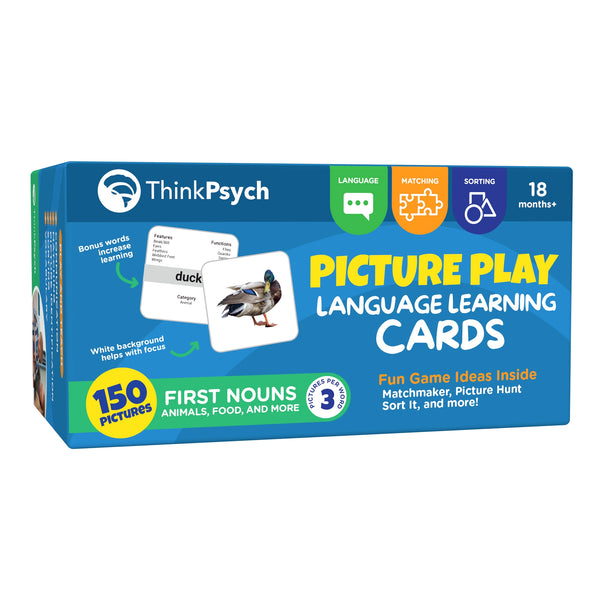
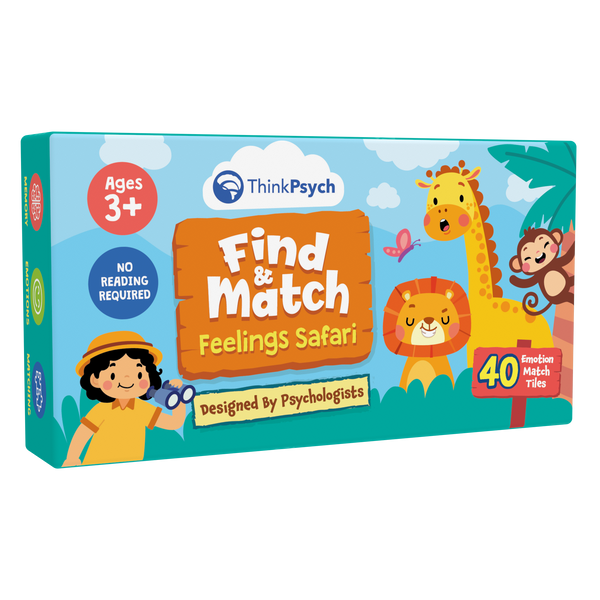
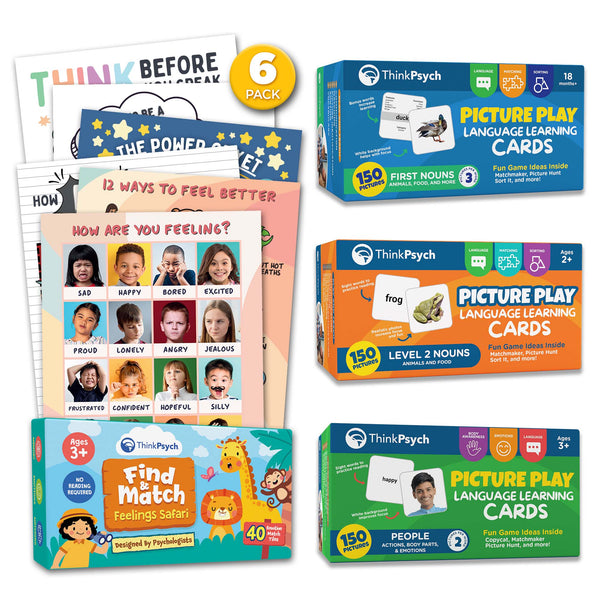
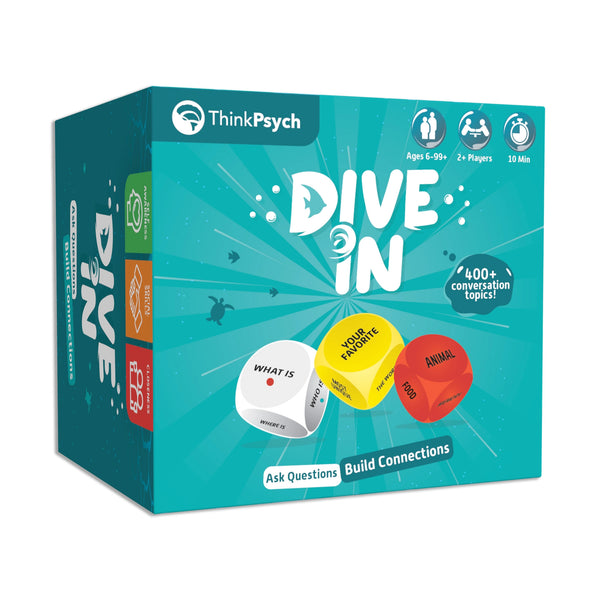
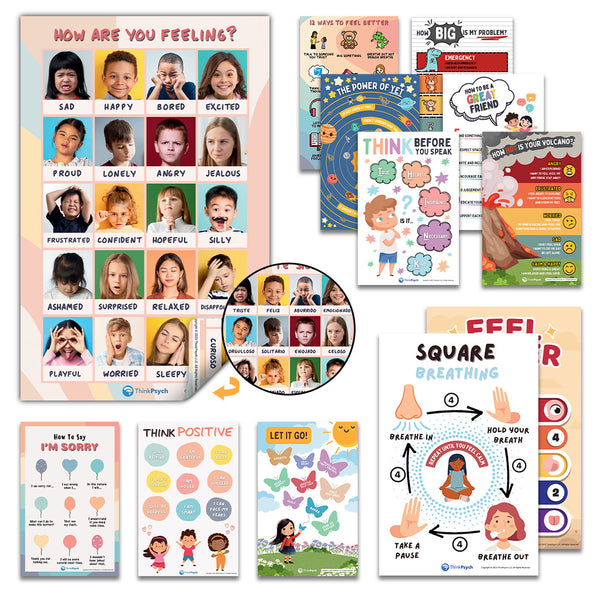
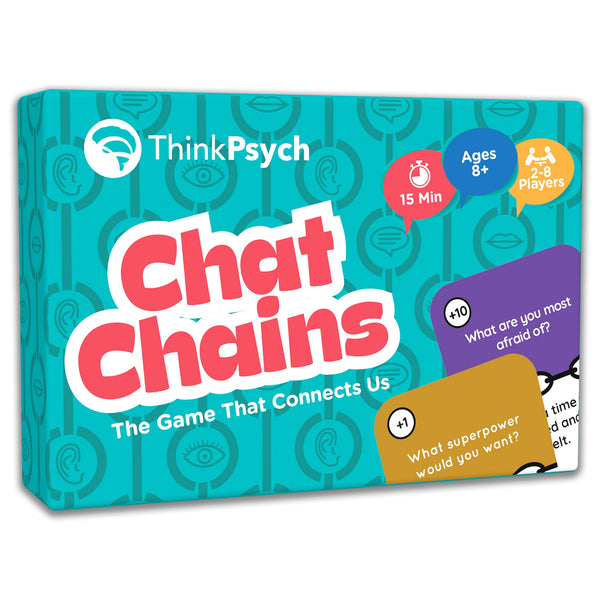
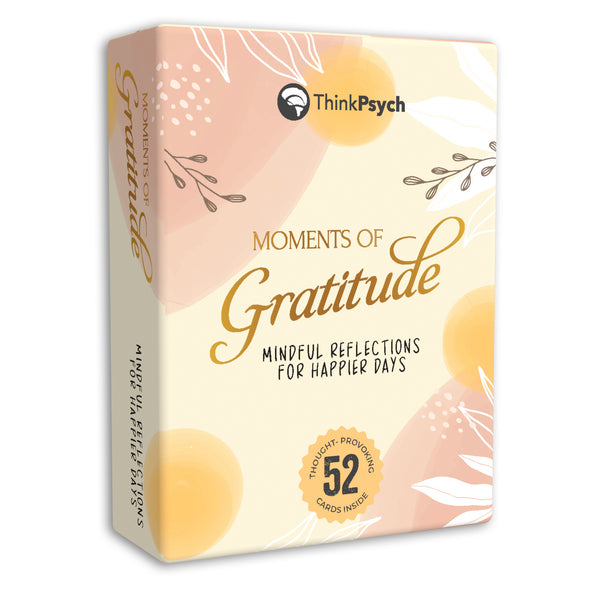
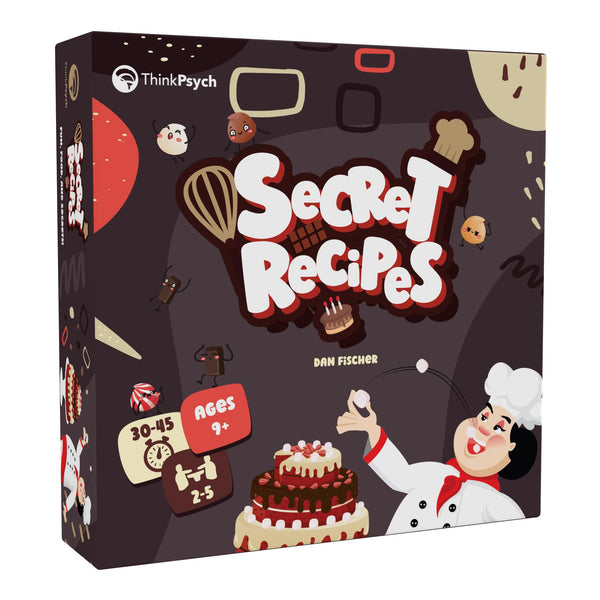
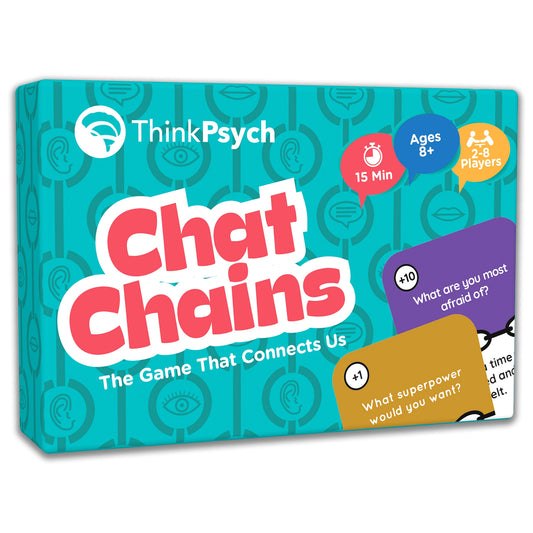
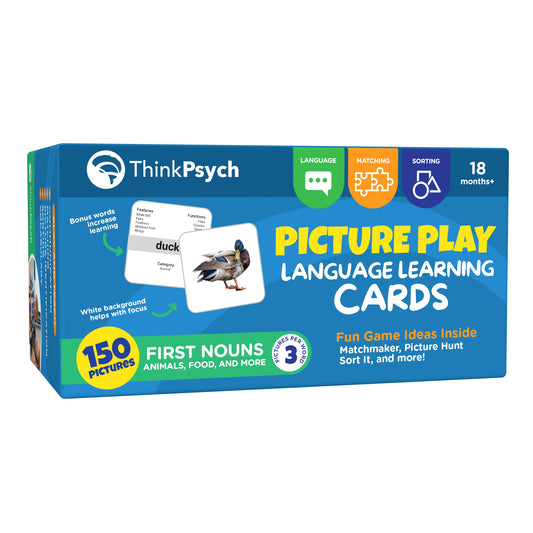
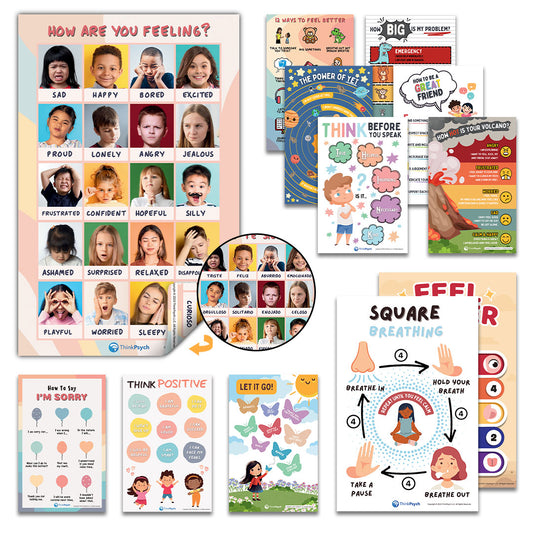
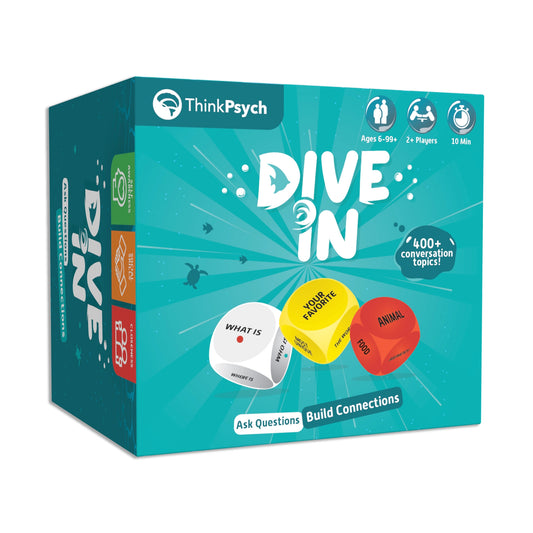
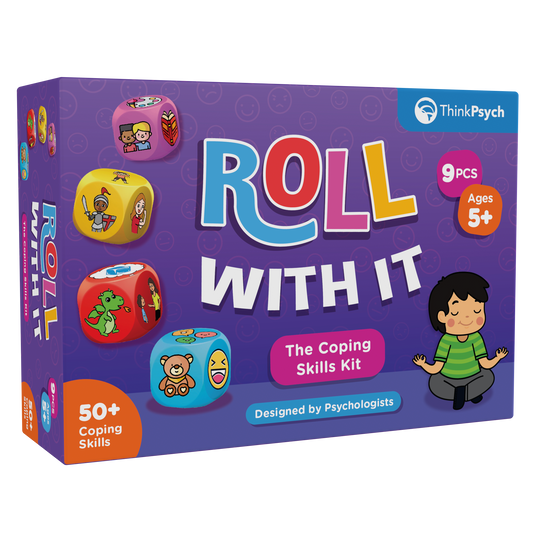
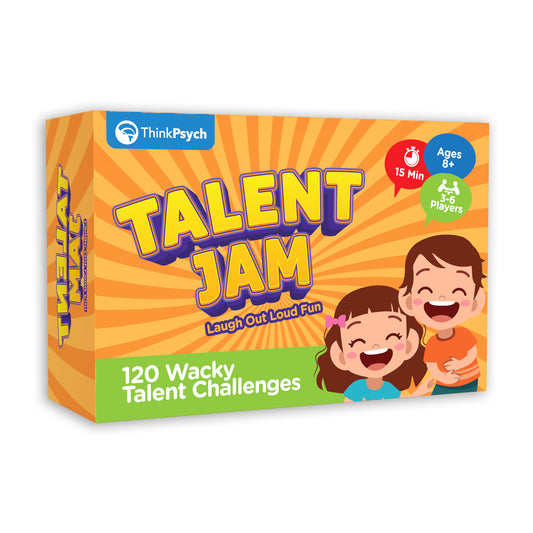

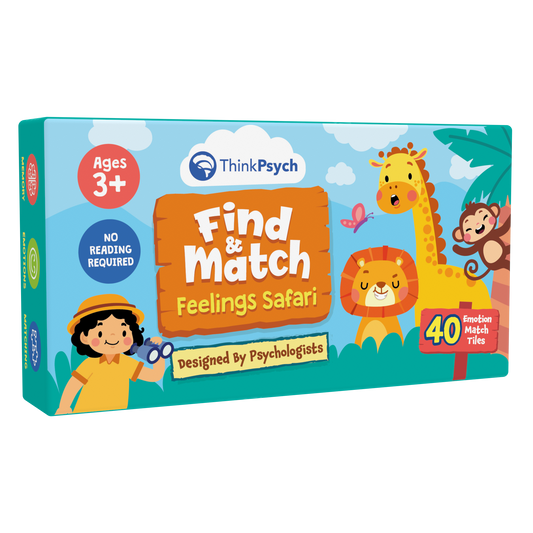
2 comments
Hi Heather! That’s a great question. An object is a reinforcer if it is delivered after a behavior and then increases the likelihood of that behavior in the future. A fidget can be a reinforcer if it improves learning, but if it doesn’t, then it’s just a fun toy.
How do we determine sensory Vs a reinforcer if a child wants fidgets but it distracts from their learning?